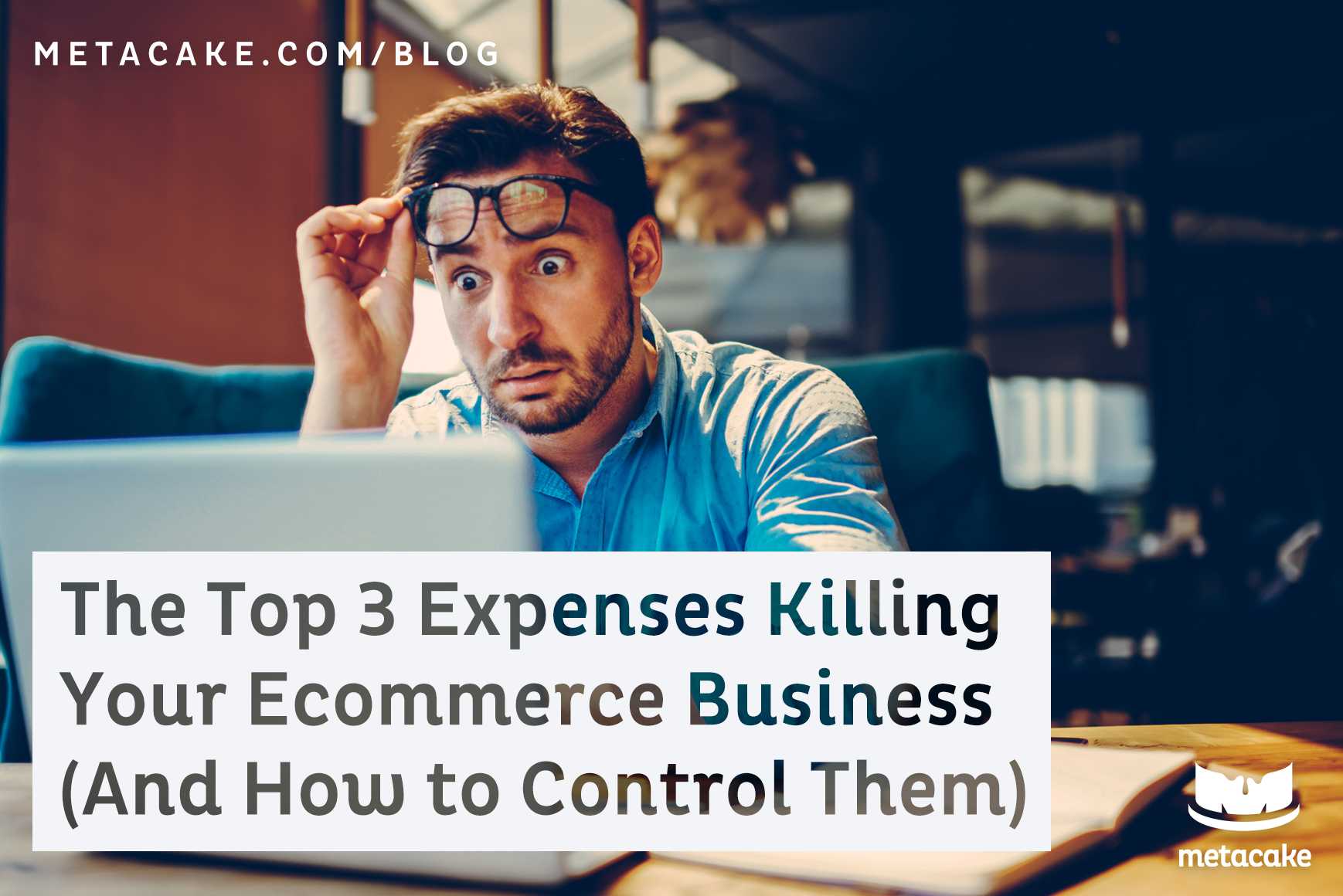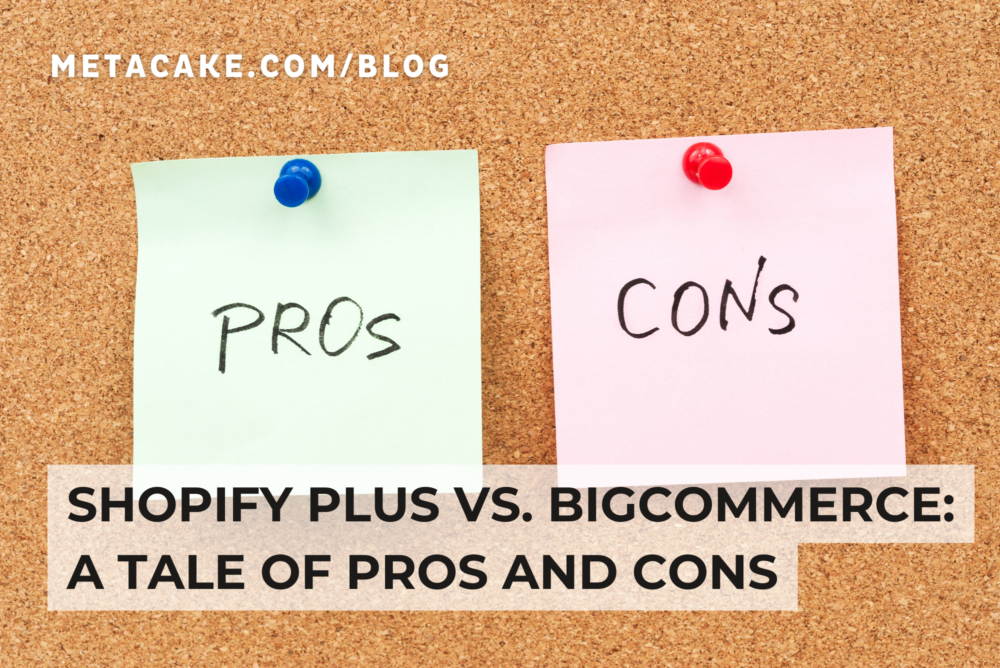
The Top 3 Expenses Killing Your Ecommerce Business (and How to Control Them)
If you run an ecommerce business, increasing profit should be an ongoing goal. And one of the three ways to increase profits (and the value of your business) is to reduce the costs required to run your business. This isn’t often talked about, because cost reduction is simply not as exciting as boosting your revenue. But the truth is, if you want to grow, you will have to look at how to create massive efficiency that reduces your costs while simultaneously increasing your revenue over time.
In this post, we are going to explain the top three ways to cut down on some of the largest expenses present in your business to improve efficiency and, ultimately, your profits.
The Importance of a Profit-First View in Your Business
Before we get into costs, let’s talk about the reverse way you need to look at running your business, which is profit first. A healthy ecommerce business should be at a 23% or more net profit and growing. This is required if you want to have enough to invest into the future, increase those profits, and increase your company’s value. In fact, we actually like to see closer to 30%, and anything below 15% is what we would consider unhealthy and unstable.
So where do you sit? Are you tracking net profit? By the way, this is “net”, meaning after all expenses are taken out.
Tracking this is so important and it is the reason that we coach the brands we work with to switch to a “profit-first” mentality in their business. In this mindset, we take our intended profit out of the total revenue first, as if it were a tax or other expense. Then we look at the remaining revenue as what is available to cover all expenses and costs. This is much different than running your business by only keeping an eye on gross revenue and just letting profit be whatever you end up having left over.
At a high level, we recommend shooting for this equation: 30/20/50.
30% of sales should be your profit, 20% are operating and marketing expenses, and 50% are your cost of goods.
Every business is different, but you should know where your ratio lies and how your expenses are affecting your profit. The business will consume whatever you give it, so you must be intentional in order to land where you want to be.
Top 3 Expenses for Ecommerce Businesses and How to Reduce Them
Now that we understand this concept let’s jump into the top 3 expenses and how to reduce them.
1. Your Marketing Spend
Marketing is typically the highest expense for ecommerce businesses. Since it’s the lifeblood of your sales, you don’t want to cut it, but it is necessary to make your spend as efficient as possible. Here’s how:
1. Focus on owned marketing channels– especially email.
Paid advertising on social, Google, and more have their place, but you do not own any of those channels or their customer data. Their algorithms could also change at any time, making it quite risky to rely on them for the majority of your sales. And of course, you have to pay to advertise on them.
Conversely, email marketing is low-cost (just pay for your service provider), stable, and offers consistently high ROI. In fact, according to Hubspot, brands can see a 36x ROI on email, unlike Facebook and Instagram, where you can realistically hope for a 2-4x ROAS longterm. This doesn’t mean not to run paid ads, but you should dial in your email marketing to its fullest potential. When done well, email can contribute to 30% or more of your sales! Check out this guide to start building a revenue-generating email system.
2. Maximize your paid and unpaid traffic.
Your advertising strategy should utilize a full funnel approach. It’s very normal to break even or even lose money on ads for a completely cold audience. That’s why you need to have systems ready to follow up with those customers to encourage a purchase, making that cold traffic ad spend more efficient. Be sure to have retargeting ads running, and more importantly, be ready to capture visitors’ email addresses and follow up with automated email sequences.
3. Bring in an expert.
Ads are expensive, and even more so when you’re playing a guessing game. Don’t waste valuable resources by not knowing what you’re doing! Hire a team like Metacake to bring expertise and efficiency to your marketing strategy for increased profits. (Contact us here for more info!)
2. Your Inventory Costs (COGS)
Inventory is a massive expense. You can learn about supply chain management and related topics in other posts from us, but here are two important things to note:
1. Forecasting
Planning ahead is absolutely crucial for making your cost of goods more efficient. This helps you avoid expenses such as overpaying for freight or having too much inventory on hand. It’s a delicate balance and takes practice, but it is critical for your expenses and cash flow.
2. Margins
Your gross margins are one of the golden metrics in your business. At a minimum, we recommend a 5x margin, but if you really want to be successful, shoot for upwards of 30x. This sounds like a lot, but when you consider the costs required for investing in research & development, human resources, customer service, an outstanding guarantee, maintaining an amazing website experience, and more, you need this margin built in!
3. How to Reduce Your Shipping Costs
Shipping is a major element of ecommerce and therefore the costs associated with it can get out of hand. Here are a few tips to help:
- If you can, stick to selling lightweight, easy to ship, low breakage products whenever possible.
- The unboxing experience is important, but don’t overspend on supplies for this. Reduce costs here wherever you can.
- Build the cost of shipping into your pricing. Customers hate paying for shipping, so it can be effective to build some of that cost into your products’ pricing, and then offer deals on shipping. Most customers would feel better spending $34.99 on a product with $5 shipping than $30 on that product with $10 shipping.
4. BONUS: How to Reduce HR Expenses
HR expenses can be another major cost that comes with running an ecommerce business, but there are ways to slim that down.
First, outsource roles that are not your core business expertise. For example, if video production or Facebook advertising are not in your wheelhouse, outsourcing it can wind up being much more efficient than piecing it together yourself. You’ll end up with a better outcome in less time.
Another tip is to leverage technology over human work wherever possible. For example, using a customer service platform like Gorgias to centralize all aspects of customer service, automate replies to common questions and inquiries, and more can allow you to cut your need to pay people to answer all those requests.
Finally, be sure you have dialed-in SOPs. A chaotic, unorganized business without standard procedures is inefficient and will inevitably be wasting valuable resources until structure is put in place.
Find Efficiencies to Fuel Your Business
Thinking about ways to reduce costs isn’t a very “fun” task (unless maybe you’re an accountant or CFO), but it’s an important component to increasing profits. The key is to cut expenses in ways that will not slow your momentum, but instead help you become more efficient in how you fuel your business.
If you’re a 6 to 9 figure brand and are looking to implement these types of strategies to grow your revenue in healthy, profitable, and sustainable ways, we would love to talk further. Click below to get in touch with us.



